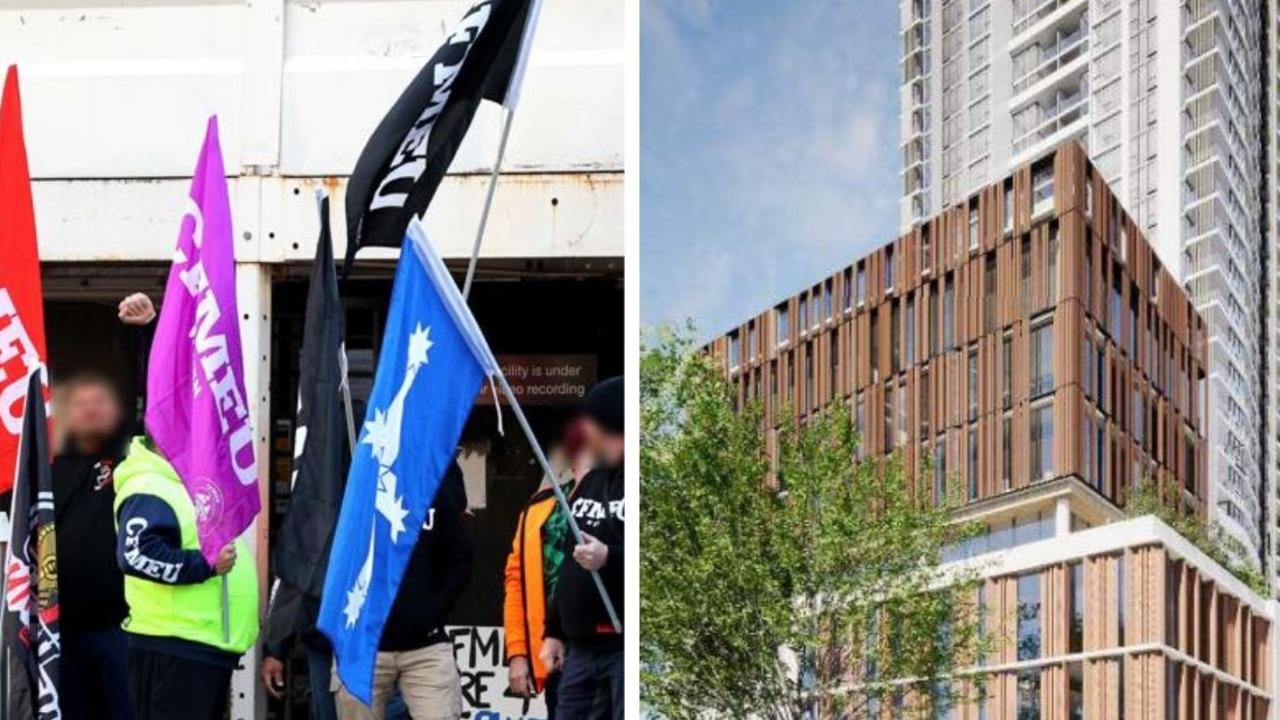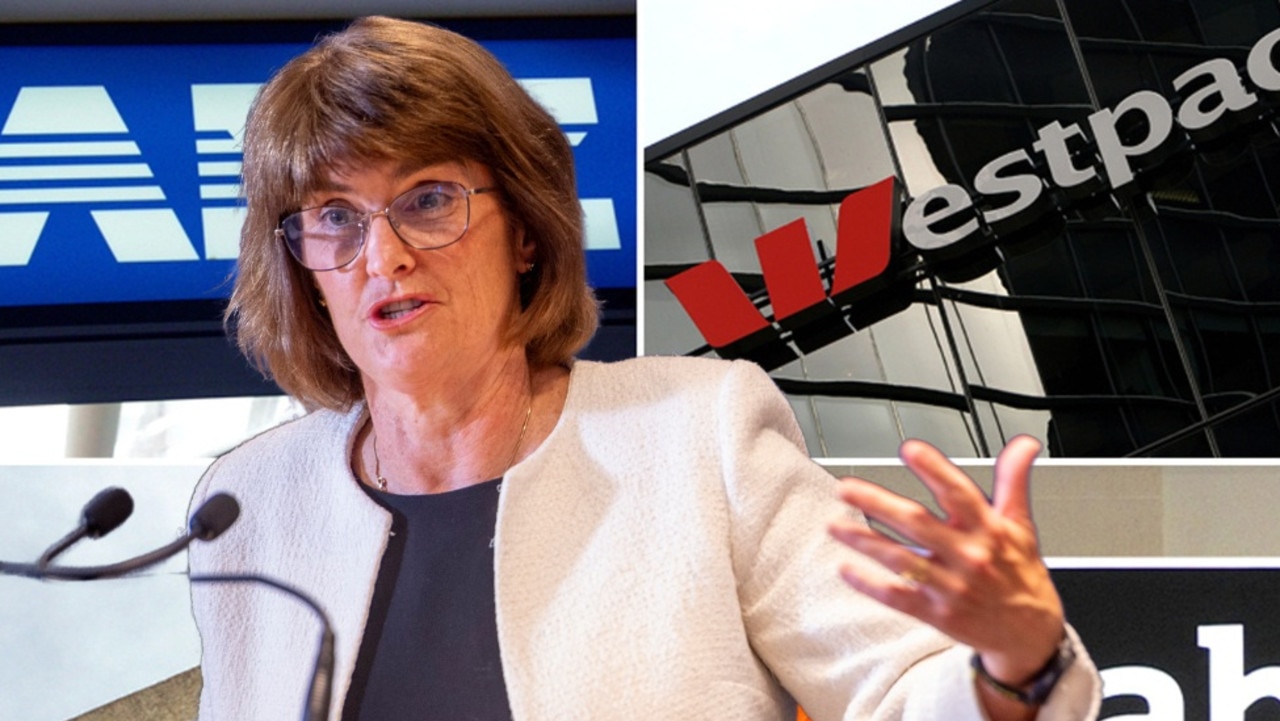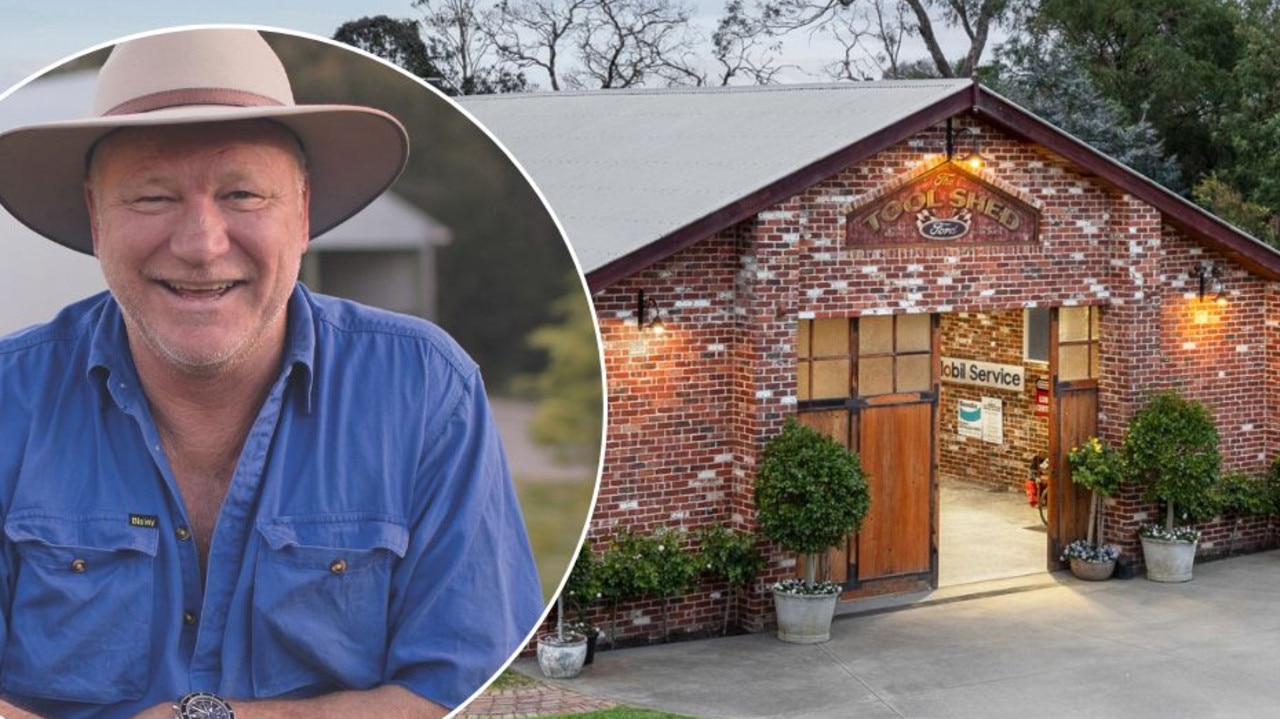Australian vacancy rates break a 10-year record, but it's a different ball game outside Sydney and Melbourne
While investors in Australia’s two biggest property markets are still waiting for a change in conditions, savvy buyers have found areas where it’s a completely different ball game.
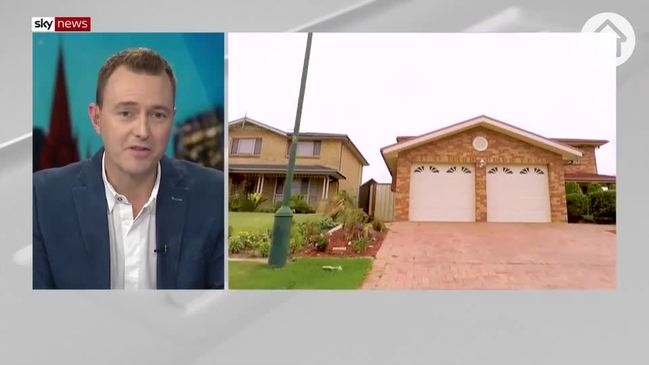
After years of reaping the rewards of tight rental markets and rising rents, existing investors in Australia’s two biggest property markets are still waiting out the tenant drought.
On the flip side, landlords — and potential investors — in other capitals and the regions are in the driver’s seat.
RELATED: Housing’s ‘biggest challenge’ amid rapid recovery
Tenant from hell’s horror trashing spree
Underquoting allegations amid hot market
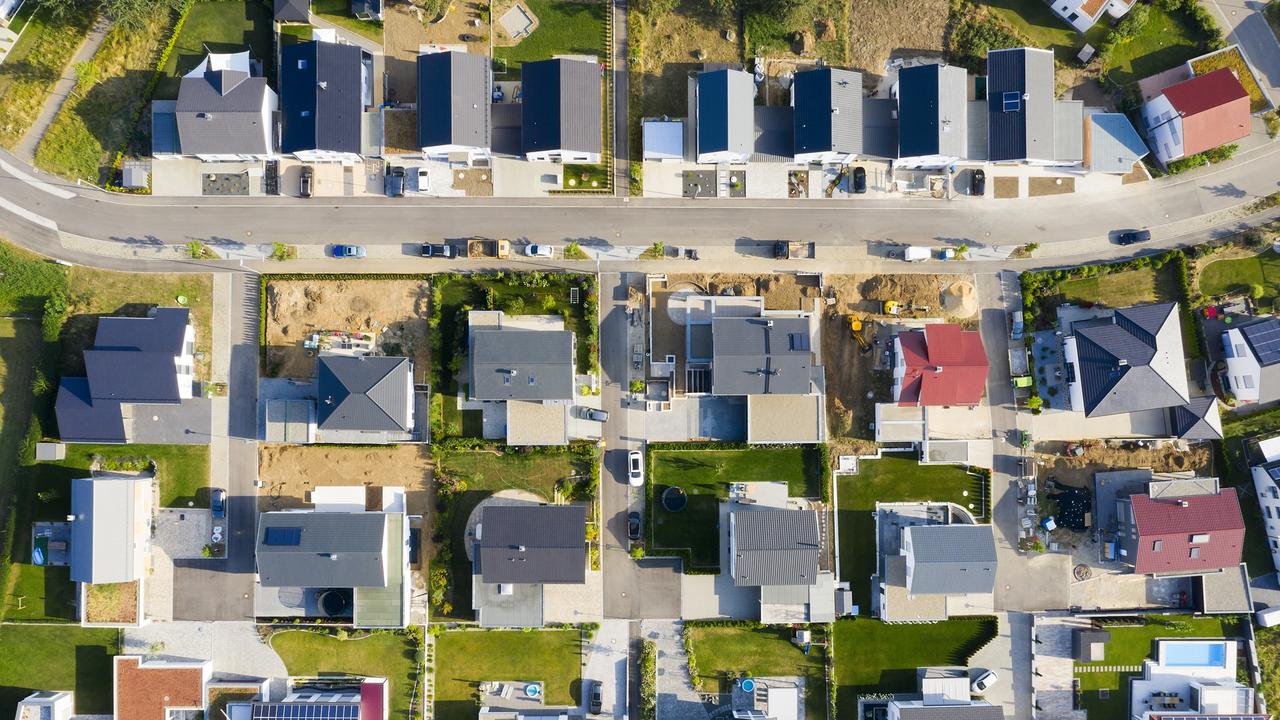
Although the national residential rental vacancy rate remained steady at 2 per cent between February 2020 and February 2021, according to SQM Research released this week, a closer look at individual markets shows a vast divide between the cities.
Melbourne currently holds the highest vacancy rate at 4.5 per cent, which is up from just 1.9 per cent in a year, but down from its height of 4.7 per cent in December 2020.
Nationwide, Melbourne’s vacancy rate remains the highest for a capital city, inflated by its 7.5 per cent CBD vacancy rate. It is an improvement, however, on its October peak of 9.4 per cent.
Sydney’s rate now sits at 3.3 per cent compared with 2.9 per cent 12 months ago. There are signs of a return to the city with the CBD vacancy rate dropping to 6.3 per cent in February 2021, down from a high of 14.8 per cent in May 2020.

Louis Christopher, managing director of SQM Research said investors are cautiously stepping back into these major city markets.
“While investors have been entering into the market since November, I think many are well aware of the weak rental market in the inner city areas. You would have to be a brave investor to enter into the CBD apartment market right now,” he said.
Mr Christopher added that the large number of inner city vacancies was evidence of just how reliant both capitals are on overseas arrivals.
“The figures for Melbourne and Sydney would be disappointing for existing property investors. Normally, vacancy rates in these two cities fall over February, in part due to international students starting their semesters. But given the ongoing closure of the international border, the seasonal increase in rental demand has not occurred this year,” he said.
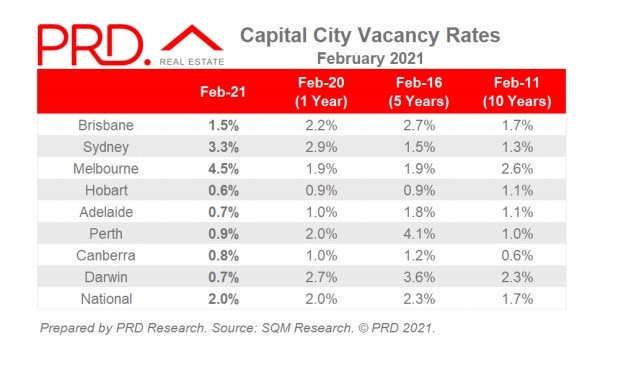
Vacancy rates paint an entirely different picture outside of the two major capitals.
“This year will favour tenants in the inner cities but will also very much remain a landlord’s market in regional Australia,” he added.
The tightest rental market among the capital cities is currently Hobart with a 0.6 per cent vacancy rate.
By the end of February, Hobart had just 194 homes available to rent — a vast contrast when compared with Melbourne’s 27,807 vacancies.
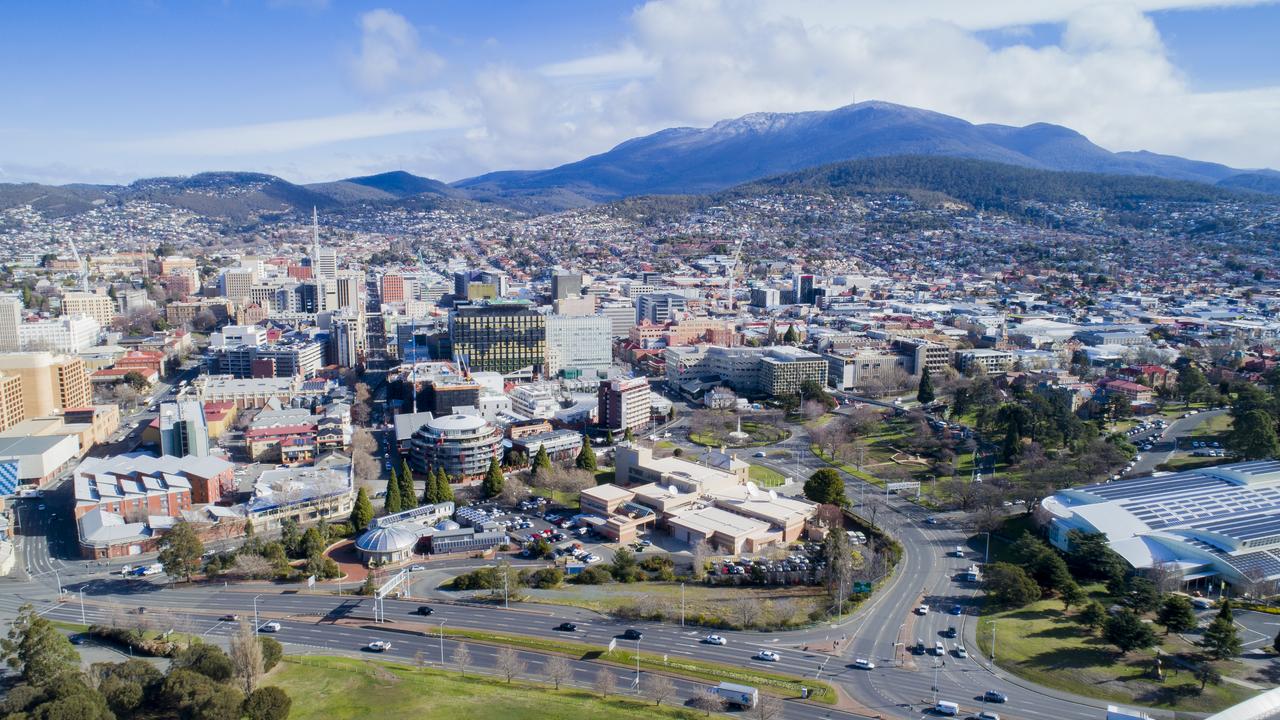
“Elsewhere, we are still recording strong interest from tenants in larger properties in outer suburban locations as well as wider regional Australia. Investment property owners in Darwin or Perth have also enjoyed a strong year of rental returns,” Mr Christopher said.
After analysing the vacancy rate data Dr Diaswati Mardiasmo, chief economist with PRD Real Estate, said that Brisbane had experienced a real turn around.
“Vacancy rates data shows Brisbane to be an extremely strong capital city market for rentals, recording a low 1.5 per cent in February 2021. Brisbane has broken its own vacancy rate record, with the current rate being even lower than 10 years ago (at 1.7 per cent in February 2011).

“This is quite an achievement, especially compared to Sydney and Melbourne,” she said, also pointing out that Adelaide, Perth, Canberra, and Darwin had similarly broken their 5 and 10-year records for low vacancies.
“This data has shown our rental market is currently undersupplied, with most of Australia’s capitals under the Real Estate Institute of Australia’s 3.0 per cent healthy benchmark.
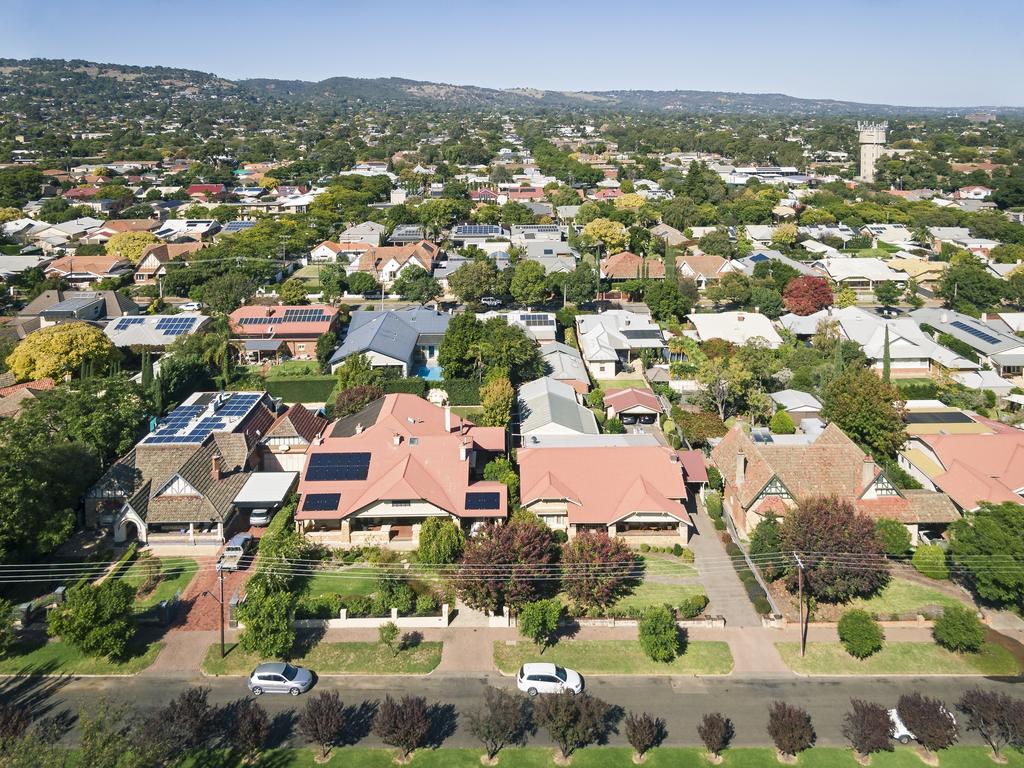
“An exception to this is Sydney and Melbourne, however their vacancy rates are not far behind. Considering the tougher COVID-19 restrictions that both markets were subjected to compared to the rest of Australia, both Sydney and Melbourne represent a relatively resilient market,” Dr Mardiasmo said.
“Current rental market conditions have benefited investors, signalling the need for other investors to enter the market immediately. More than ever, now is the time for investors to enter the market,” she said.


